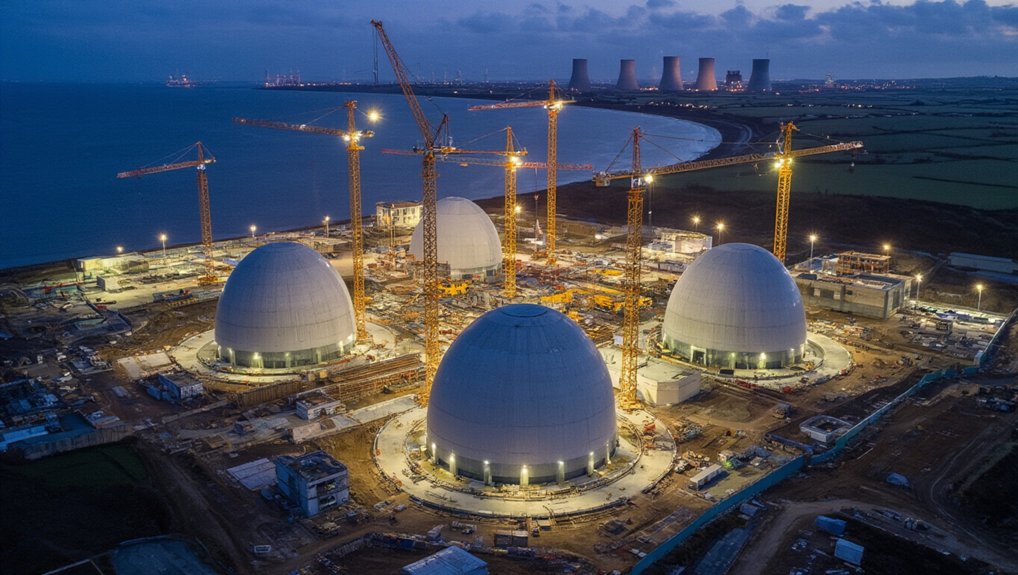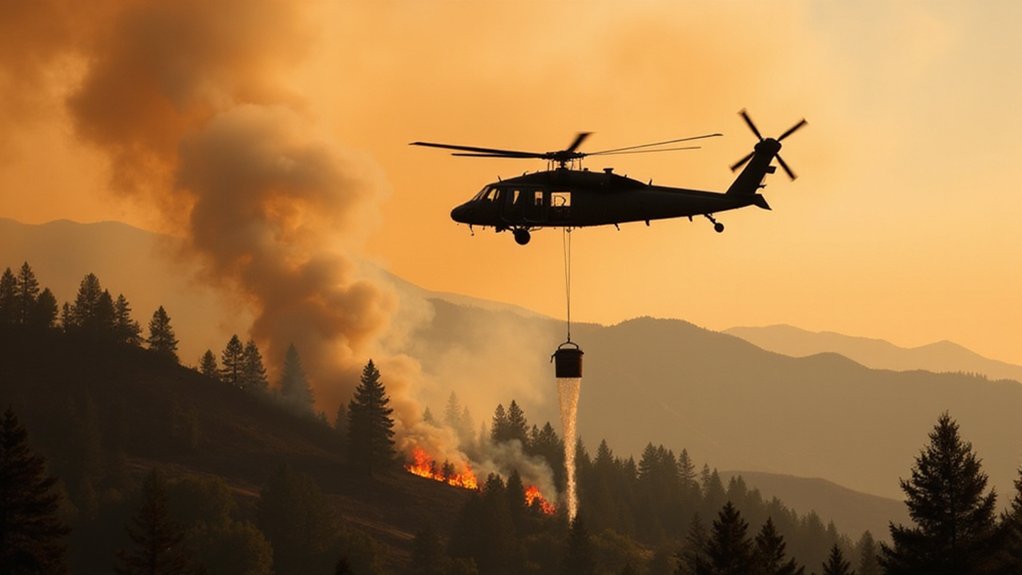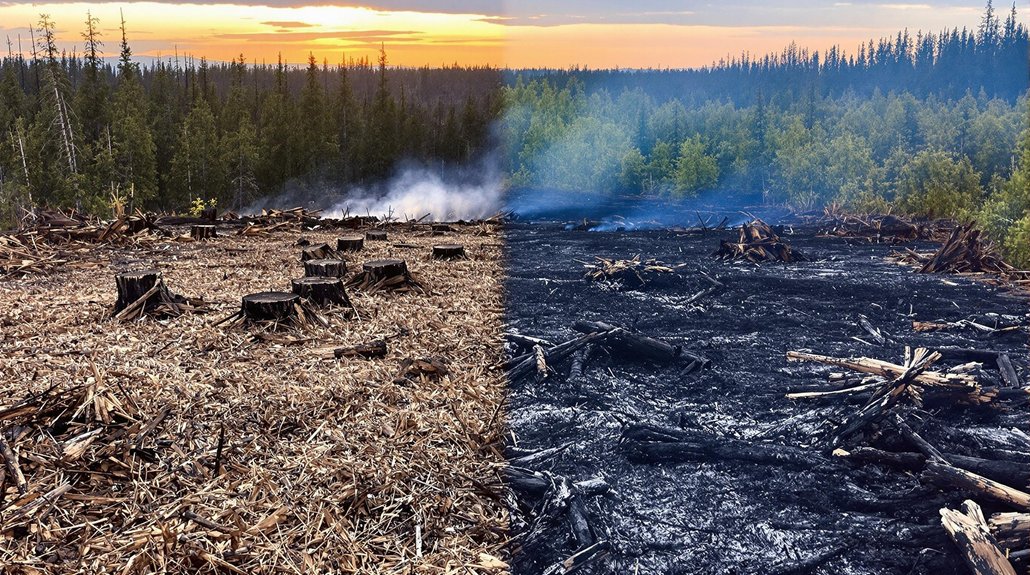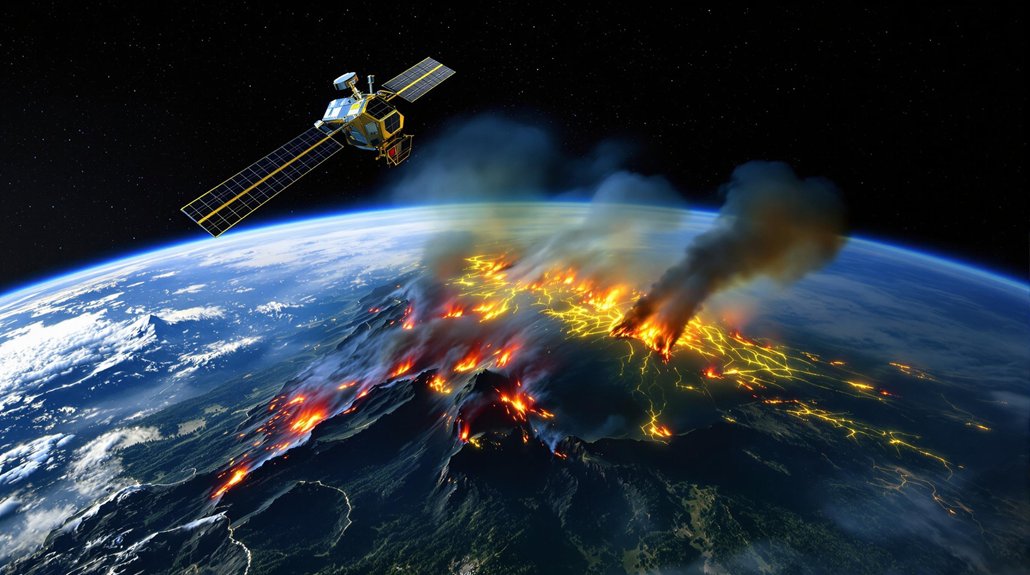Canada’s on fire again. Two hundred wildfires are raging, half completely out of control, forcing 27,000 people to flee their homes. The military’s been called in to assist primary firefighters as they’re getting stretched thin. Alberta’s got 51 uncontrolled blazes, Saskatchewan’s dealing with an 83,630-hectare monster near La Ronge. Smoke’s so bad it’s drifting to Europe. The country’s at its highest emergency level, and weather forecasts show no relief coming.
Two hundred wildfires are torching Canada right now, and half of them are completely out of control. The military‘s scrambling. Twenty-seven thousand people have fled their homes. And the smoke? It’s not just choking Canada anymore—it’s drifting all the way to Europe.
The numbers are staggering. About 19,900 square kilometers have burned, mostly in just the past week. That’s roughly the size of New Jersey going up in flames. Alberta alone has 51 uncontrolled fires. Saskatchewan’s dealing with an 83,630-hectare monster near La Ronge that nobody can contain. Communities like Hall Lake and Rabbit Creek are ghost towns now, evacuated as walls of fire creep closer.
Canada’s at National Preparedness Level 5. Translation: they’re throwing everything they’ve got at these fires, and it’s still not enough. The military’s been called in because regular firefighting resources are maxed out. Many blazes are burning in remote areas where crews can’t even reach them. So they burn. And burn.
NASA satellites are tracking smoke plumes that have crossed the Atlantic. Yeah, Europe’s breathing Canada’s wildfire smoke now. The smoke reached the Mediterranean region on May 18-19, with a larger plume hitting Europe on June 1, bringing hazy skies and red-orange sunsets to the continent. But here’s the twist—this isn’t just regular smoke. In areas with old mining operations, the fires are releasing toxic metals like lead and mercury into the air. Nothing like a little heavy metal poisoning with your respiratory problems. Yellowknife’s gold mining legacy means wildfires there have unleashed an estimated 840,000 pounds of arsenic since 1972.
The climate connection is obvious. Northern regions are drying out and heating up, creating perfect tinderbox conditions. This is already the second-worst fire season on record for early June, right behind 2023’s apocalyptic showing. Last year’s fires released three times more carbon than all of Canada’s fossil fuel emissions combined. It’s a feedback loop from hell—more fires mean more carbon, which means hotter temperatures, which means more fires.
Weather forecasts offer zero relief. Hot and dry conditions will persist for at least another week, probably longer. Natural Resources Canada predicts July and August will be warmer and drier than normal across the northern prairie provinces.
The inferno spreads east. The military scrambles. Thousands flee. And summer’s just getting started.
References
- https://ctmirror.org/2025/06/09/toxic-smoke-canada-wildfires/
- https://earthobservatory.nasa.gov/images/154398/fires-near-albertas-oil-sands
- https://www.euronews.com/green/2025/06/05/smoke-from-canadas-wildfires-reaches-europe-amid-extreme-start-to-the-2025-fire-season
- https://earthsky.org/earth/canadian-wildfire-smoke-north-america-june-2025/
- https://cwfis.cfs.nrcan.gc.ca/report









